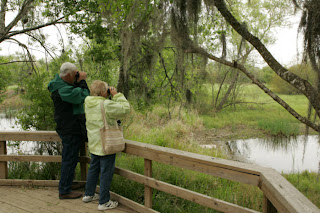 Photos help tell your tourism story and make your place come alive. But the catch is that you never seem to have enough photos, or the right photo you need for this story. You could go online to find photos, but what are the restrictions on using photos you find online?
Photos help tell your tourism story and make your place come alive. But the catch is that you never seem to have enough photos, or the right photo you need for this story. You could go online to find photos, but what are the restrictions on using photos you find online?
Every photo you see online is copyrighted, unless it is specifically labeled otherwise. That means ask first.
If you ask permission to use a photo from a local photo sharer, they will likely be flattered and happy to share. If you just use it without asking, you are likely to have an angry person on your hands when they find out.
Creative Commons

With the enormous amount of online sharing, Creative Commons licenses are a popular way for photographers to give open permission for folks like you to use their photos, with certain restrictions. You may see the phrase “Creative Commons,” the (CC) abbreviation, or one of the Creative Commons badges. (There’s a Creative Commons badge in our right sidebar at Small Biz Survival.) On Flickr, you may see the phrase, “Some rights reserved” with a link to the Creative Commons license.
So, what are the “certain restrictions” I mentioned? The photographer can choose to require any or all of these limits:
- attribution
- share alike
- non-commercial, or
- no derivative works.
A full description of each restriction is on the Creative Commons license page.
The best place to look for Creative Commons licensed photos is Flickr. Use the Flickr Advanced Search, and scroll down to the bottom of the page. You’ll see the Creative Commons logo. You can search only for photos you can use commercially, or only ones that allow you to edit them.
Public Domain
Some photos are in the public domain. That makes them free for use without any restriction.
Not every photo you find online is in the public domain. Most are not.
Which photos are public domain?
- Very old photos, such as those published before 1923
- Other photos where the copyright has expired due to age
- Photos where the photographer has chosen to release them and has explicitly labeled them as public domain
- Photos prepared by an officer or employee of the United States Government as part of that person’s official duties
 Because of that rule about federally-created photos, most federal agencies have public databases where you can download photos that are free to use. A few of the most tourism-friendly photo databases are:
Because of that rule about federally-created photos, most federal agencies have public databases where you can download photos that are free to use. A few of the most tourism-friendly photo databases are:
- US Fish and Wildlife Service National Digital Library. Especially look at the categories for Recreation, Wildlife, and Habitats and Landscapes.
- US Geological Survey Photographic Library. Check out the National Parks section for your local parks, museums and seashores. Lots of terrific historical photos, too.
- National Oceanic and Atmospheric Administration Photo Library. Of course, lots of weather related images. Nice selection for America’s Coastlines.
- USASearch.gov Image Search. This will let you pull up photos from all across government websites. Use caution, because not all the photos returned are public domain. You have to check on each site to be sure.
New to SmallBizSurvival.com? Take the Guided Tour. Like what you see? Get our updates.
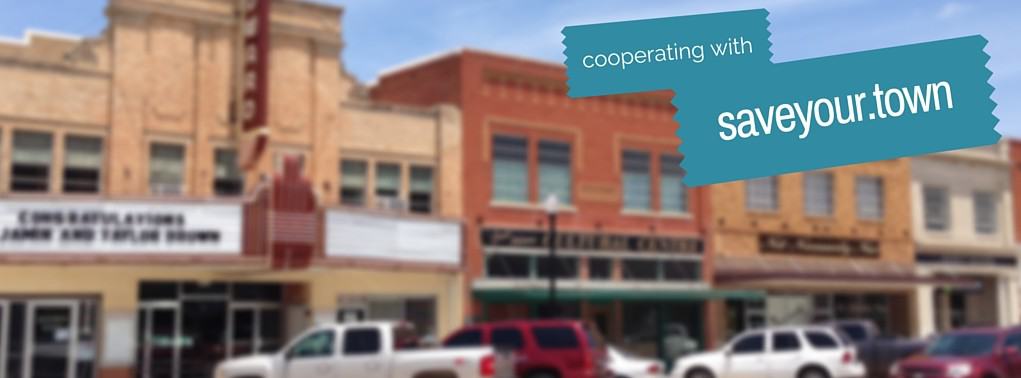






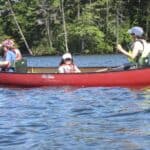
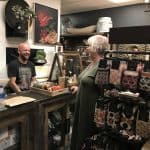

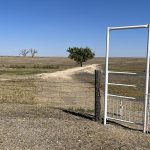
Sandra emailed another point to consider:
Photos are not only copyrighted materials but if one uses without permission, the photographer has the legal right to legal action. There’s a $10,000 fine for using photos without permission.
Another way of obtaining photos for your area/region…find a photographer and barter for the use of their photos.
One reason I put a watermark (copyright) on my blog photos is I kept finding my photos on other people’s websites and blog. It was showing knitting patterns I designed and
they gave me credit but I still want each photo to bear my mark.
Good article,
Sandra
http://www.thistlecovefarm.blogspot.com
Hi Becky,
I knew about Flickr but the other ones just never entered my mind. Thanks for the info and links to them.
Frank
Thanks Becky. Like Frank, I regularly use Flickr, but I’ve not checked into the other ones.
Here’s my favorite resource explaining how to quickly use Flickr’s Creative Commons — “A Complete Guide to Finding and Using Incredible Flickr Images”.
Thanks, guys!